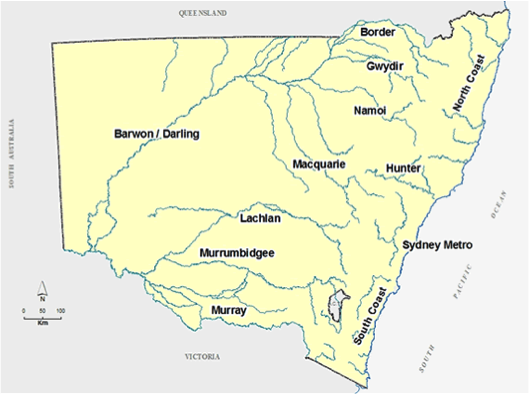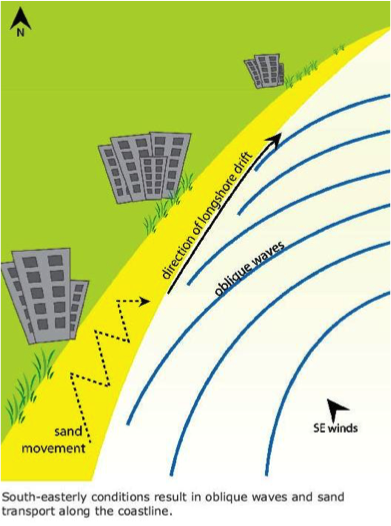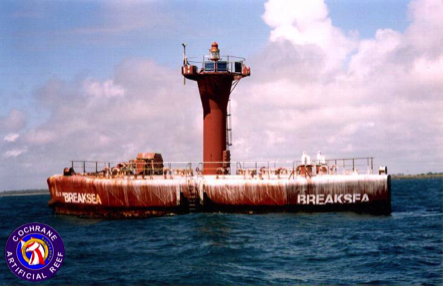We walk on it on the beaches, wiggle our bottoms as we dig our feet into the sand for pippies or eugaries to use for bait, and we catch worms that poke their heads out of the sand as waves retreat to the sea. When we walk on it dry in bare feet it squeaks. We have Stradbroke, Moreton, Bribie and Fraser Islands that are made of sand. On Moreton Island the sand dunes are 500 feet high.
Beach sand consists of white translucent quartz grains. Thin layers of black sand contain heavy minerals including Ilmenite from which Titanium is extracted and used in white paints. Quartz sand is the raw material for manufacturing glass, and crystals of quartz are used in jewellery, and in the electronics industry. The main use of quartz sand is in concrete construction.
Sand on the Queensland coast comes from the northern New South Wales (NSW) hinterland where sand from weathered sandstone is washed into the streams and transported to the sea by the Tweed, Richmond, Clarence, Macleay and Hunter rivers.
The prevailing south-east wind generates waves that intercept the beach at an acute angle and sand is slowly moved north from beach to beach, a process that is referred to as Longshore Drift.
Sand on the beaches was blown inland to form dunes that over the years built Stradbroke, Moreton and Bribie Islands of sand and on parts of the mainland such as Cooloola. The northern tip of the transported sand is Break Sea Spit, 20 Nautical miles north of Fraser Island and the location of the Break Sea Spit Lightshi.
E.G. Wilson, 13/06/2015




Recent Comments